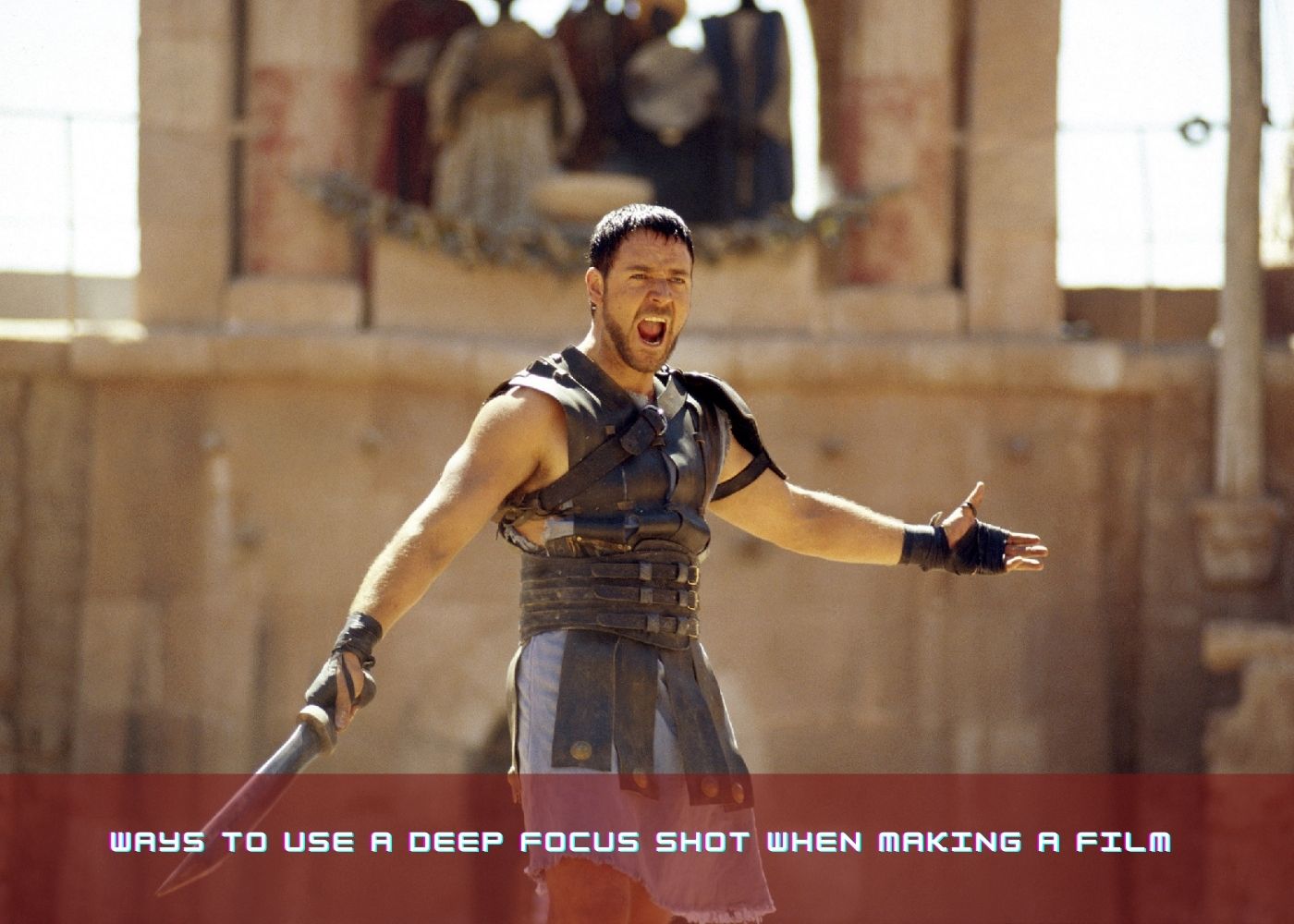Deep focus in cinematography captures crucial activities in the foreground and background while keeping all parts of the scene in fine focus.
What Is Deep Focus, and How Does It Help You?
Deep focus is a filmmaking method in which all parts of a picture are in sharp focus, including the foreground, middle ground, and backdrop. This method aids directors in incorporating detail into their images.
What Are the Benefits of Deep Focusing for Directors?
Deep focus is used by directors in situations with a lot of action in both the foreground and the background. Because it involves the placing of performers, props, and set elements at great depth, directors call this type of staging "deep space" or "deep staging." A filmmaker must be able to capture a sharply defined image for such a shot to work. Such clarity can be achieved by using a deep focus photo.
Deep Focus Cinematography: What You Need to Know
With the following camera settings, you can capture deep-focus images:
1. Large depth of field: In a photograph, depth of field refers to the distance at which objects appear to be in focus or sharp. A broad or deep depth of field will bring a distant object into sharp focus.
2. Aperture is the hole in the centre of the camera lens that allows light to pass through to the image sensor on a digital camera or the film strip on a film camera. Because a tiny aperture permits less light to reach the sensor, the depth of field is extended.
When the shutter opens, incoming light is collected by a camera sensor. Because shorter focal lengths are possible with smaller sensors, higher depths of field are possible.
3. Focusing distance: The focal length of your lens refers to the distance between the lens's point of convergence and the image sensor. Wide-angle lenses have a shorter focal length and allow you to capture a larger field of view while maintaining a deeper focus in one shot.
It's important to keep in mind that these components are linked. For example, you can use a short focal length lens with a larger camera sensor or a wider aperture to create a relatively deep focus, or you can use a short lens with a small sensor and a narrow aperture to achieve a relatively shallow focus.
What's the difference between deep and shallow focus?
Shallow depths of field, long focal length lenses, and large apertures are required for shallow focus photography. Short focal lengths, small apertures, and large depths of field are all required for deep focus photos. Shallow focus images include highly defined foreground figures and hazy backgrounds, making them ideal for close-ups and quick photos with little visual information. Deep focus shots are more visually dense because they pull the viewer's attention to all corners of a well-staged scene.
3 Filmmakers Using Deep Focus as an Example
Stunning deep-focus pictures have been accomplished by many great filmmakers.
1. From Dial M for Murder to The Man Who Knew Too Much to Psycho, Alfred Hitchcock was a maestro of suspense who adored setting characters on faraway planes, necessitating deep-focus photography.
2. In films like A Fistful of Dollars and The Good, the Bad, and the Ugly, Sergio Leone, the king of spaghetti westerns, used deep focus to represent wide landscape scenes.
3. Brian de Palma: Known for his willingness to try new things, de Palma used a split-focus diopter (also called a split diopter) in his picture Blow Out, which made it possible for wide shots to focus on a foreground object on one side of the frame and a background object on the other. A split diopter does not give deep focus in the truest sense, but it does allow a director to stage with a similar level of precision.







